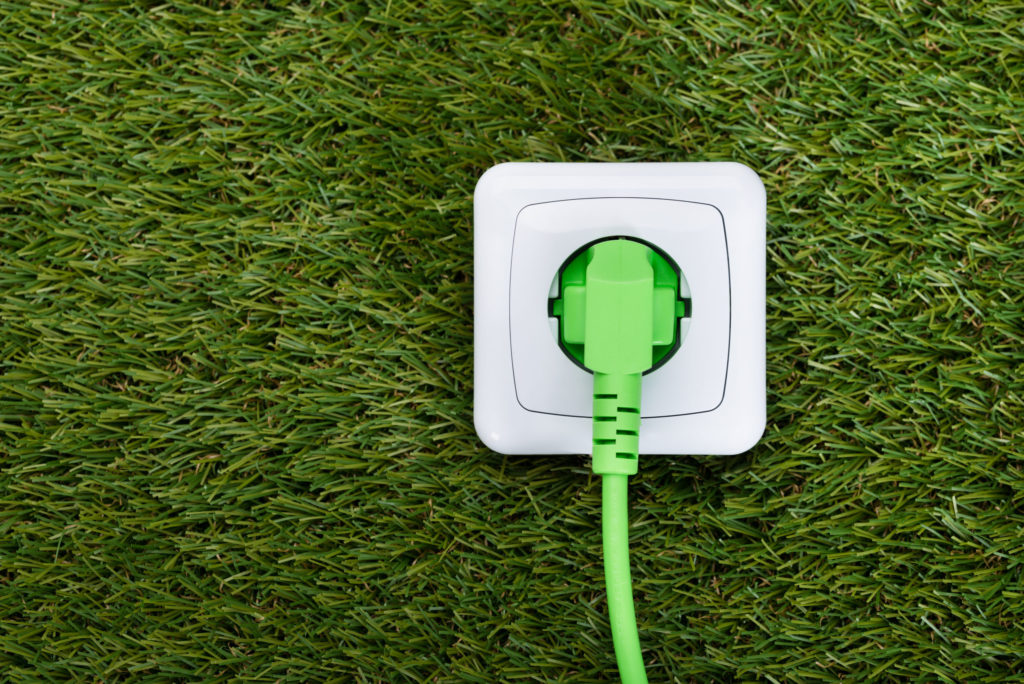Q1 carbon emissions from electricity generation are down 10% on last year and 33% on the year before. As a sign of just how far British electricity has changed, the ‘dirtiest hour’ in the whole of this winter was lower carbon than the average generation mix just 3 years ago.
The carbon intensity of electricity averaged 284 g/kWh this quarter. It ranged from just 102 g/kWh on a windy Sunday night in March to 424 g/kWh on a cold and calm January evening when coal output was high. 424 grams of CO2 would have seemed clean just a few years ago: the average from 2009 to 2013 was 471 g/kWh. Now it is the extremity.
Since 2013, the carbon intensity of electricity has fallen by 66 g/kWh each year. The reason for this is clear in the chart below: coal stands out as by far the highest-carbon source of electricity, but coal output has fallen 82% in the last four years. The 21st of April marked the first day since 1882 that Britain burnt no coal at all for electricity.
Coal has been replaced by mid-carbon gas, low-carbon biomass and imports, and zero-carbon wind and solar. Together these have driven electricity decarbonisation in line with (or even slightly ahead of) the country’s decarbonisation targets – which are the most ambitious in the world.
Left: The carbon content per unit of electricity consumed in Britain, showing the average and range in each quarter.
Right: The average carbon intensity from each generation source.
Authors: Dr Iain Staffell, Professor Richard Green, Dr Rob Gross and Professor Tim Green
